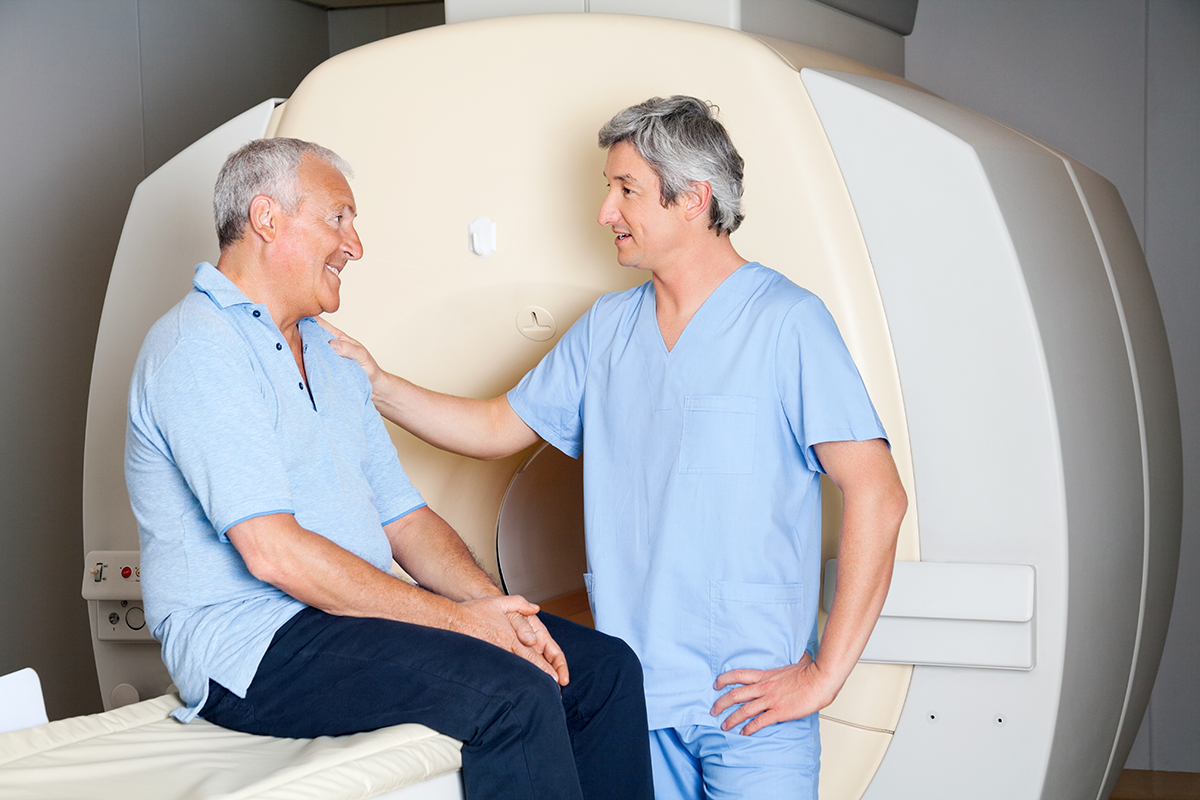
Institution Spotlight: Montefiore Health System and Albert Einstein Cancer Center
August 17, 2021
EA2185 Pancreatic Cyst Surveillance Study: Amendment #2 Highlights
August 17, 2021Trial Spotlight: Dan Zandberg on the EA3191 Study for Head and Neck Squamous Cell Carcinoma

A Phase II Randomized Trial of Adjuvant Therapy with Pembrolizumab after Resection of Recurrent/Second Primary Head and Neck Squamous Cell Carcinoma with High Risk Features
 By Dan Zandberg, MD, Study Chair
By Dan Zandberg, MD, Study Chair
The study co-chairs for this trial are Zain Husain, MD (University of Toronto/Odette Cancer Center – Sunnybrook Health Sciences Center), Mihir Patel, MD (Emory University/Winship Cancer Institute), Richard Bakst, MD (Mount Sinai Hospital), Haibo Lin, PhD (New York Proton Center), and Mei Tang, MD (Greater Baltimore Medical Center).
EA3191 is an important phase II trial for patients who undergo surgical resection for recurrent or second primary head and neck squamous cell carcinoma (HNSCC) and have extranodal extension and/or positive margins and a PD-L1 combined positive score ≥1. Patients are randomized 1:1:1 to receive adjuvant treatment consisting of either reirradiation plus pembrolizumab, pembrolizumab monotherapy, or reirradiation with platinum chemotherapy. The study’s primary endpoint is overall survival.
For patients with resectable locoregionally recurrent or second primary HNSCC arising in a previously irradiated field, surgical resection is the standard of care and the most aggressive option. However, resection outcomes remain generally poor, with two-year overall survival (OS) ranging from 30% – 60%. In 2008, Janot and colleagues conducted a randomized prospective trial evaluating adjuvant reirradiation plus concurrent chemotherapy versus observation after resection for recurrent HNSCC. The primary endpoint was disease-free survival (DFS). Adjuvant reirradiation plus chemotherapy significantly improved DFS compared to observation (two year DFS 35% vs. 20%), as well as locoregional control.
OS was similar, however, and it is this lack of difference in OS with adjuvant reirradiation plus chemotherapy compared to observation that provides clinical equipoise for experimental approaches, including those that forgo reirradiation. Adjuvant reirradiation plus concurrent chemotherapy was associated with significant toxicity, with high-grade late effects often persisting for over two years. Given the ambiguity of these trial results, adjuvant reirradiation concurrent with chemotherapy has been applied in practice mostly to patients with high-risk features of extranodal extension (ENE) and/or positive margins.
These data highlight the great need for improvement in outcomes beyond reirradiation plus concurrent chemotherapy, including with potentially less toxic therapy—thus, the launch of EA3191. In EA3191, patients who undergo gross total resection of recurrent or second primary HNSCC (oral cavity, oropharynx, larynx, hypopharynx) in a previously radiated field, who have ENE and/or positive margins and PD-L1 expression by combined positive score (CPS) of ≥1, undergo randomization 1:1:1 to experimental arms of adjuvant reirradiation plus pembrolizumab or pembrolizumab monotherapy, or to the control arm of reirradiation concurrent with platinum chemotherapy.
The primary endpoint of the trial is OS, and the trial is powered for comparison of each experimental arm separately against the control arm. Secondary endpoints include DFS, locoregional control, rate of distant metastasis, and toxicity. Randomization is stratified by PD-L1 expression level (CPS 1-19 vs. ≥20),and HPV status. Pembrolizumab is dosed at 400 mg IV q 6 weeks x 9 cycles (approximately 12 months) as monotherapy or with reirradiation. Reirradiation dosing is 2 Gy once daily x 30 fractions for a total of 60 Gy. Intensity-modulated radiation therapy or proton therapy can be used at the treating radiation oncologist’s discretion; however, you do not need to have proton radiotherapy at your center to open the trial. For the control arm, weekly cisplatin 40 mg/m2 is given unless criteria are met for carboplatin AUC of 2 weekly.
This trial fills a significant void for previously radiated recurrent or second primary HNSCC patients who undergo surgical resection. It is the first large, randomized trial in this population in more than a decade. EA3191 looks to capitalize on the success of immunotherapy in the recurrent/metastatic setting, and, importantly, the trial enriches for those more likely to benefit with anti-PD-1 mAb therapy by including only PD-L1 expressors. Consistent with the National Clinical Trial Network’s mission, it has the potential to move the needle forward to improve efficacy for a patient population with a significant unmet need.
Learn more about the EA3191 trial at ecog-acrin.org.
![ECOG-ACRIN logo[19516]275×75](https://blog-ecog-acrin.org/wp-content/uploads/2021/03/ECOG-ACRIN-logo19516275x75.png)
